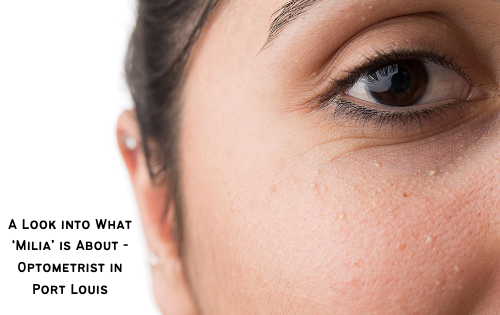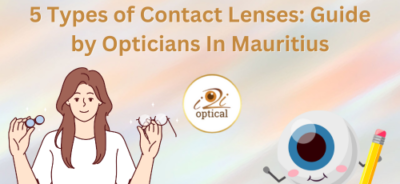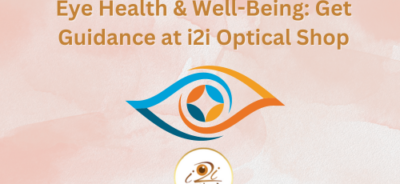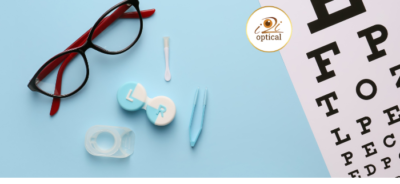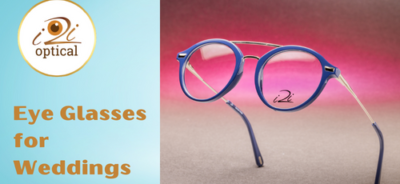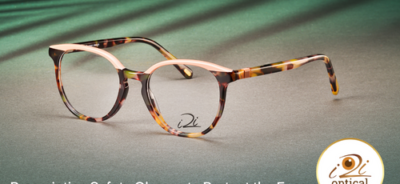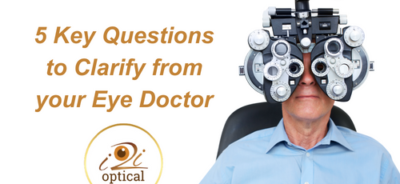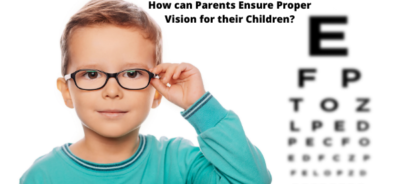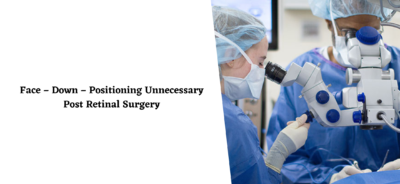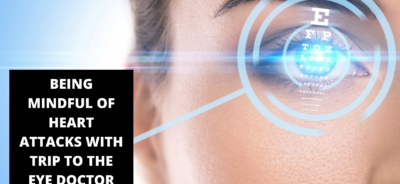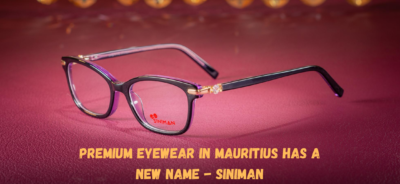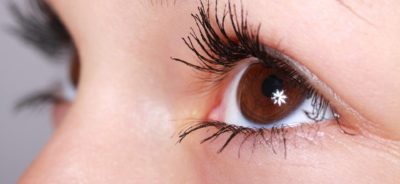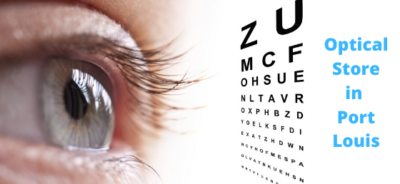A Look into What ‘Milia’ is About – Optometrist in Port Louis
There have been cases where patients have developed tiny white bumps on the skin around the eyes. The upper cheek area is the most common spot for this condition to occur at. These painless bumps do not cause any itchiness or irritation unless these are tampered with unnecessarily. Mostly these appear as clusters and feel hard when touched.
The Formation
This condition arises when the dead skin cells or keratin, becomes trapped under the surface of the skin becoming hard cysts. The Optometrist in Port Louis states that people of age, race and ethnicities can catch this condition. But newborn babies seem to suffer from it particularly more. For older people, this can also be caused due to the process of ageing. As the skin loses its natural ability to exfoliate, the dead skin cells get trapped under the skin leading to this condition.
Factors which Enhance the Condition
Damage from sun exposure is one of the major risks involved. This leads to a less flexible and leathery texture which stops the dead skin cells from rising to the top of the skin’s surface. Using a good quality sunscreen is usually good to avoid this.

Types of Milia
The Optometrist in Port Louis explain that there are two types of milia i.e. primary and secondary. Newborn babies suffer from the primary condition and this occurs to the build-up of the dead skin cells under the skin.
Secondary milia is caused when a skin condition is developed which damages the lining of the pores. Burns or rashes which cause trauma to the skin leave milia once it gets heated.
There is also a third, significantly lesser known variant of milia. It is called ‘milia en plaque’. Mostly middle-aged women suffer from this condition and it appears in places like behind the ears, on the cheeks, on the jawline or on the eyelids. In this type, a bunch of small white bump get cluttered together forming a border around them. It is quite difficult to diagnose this type.
If you feel you are suffering from this condition, then it is best to visit your optometrist or eye doctor for better clarity.


